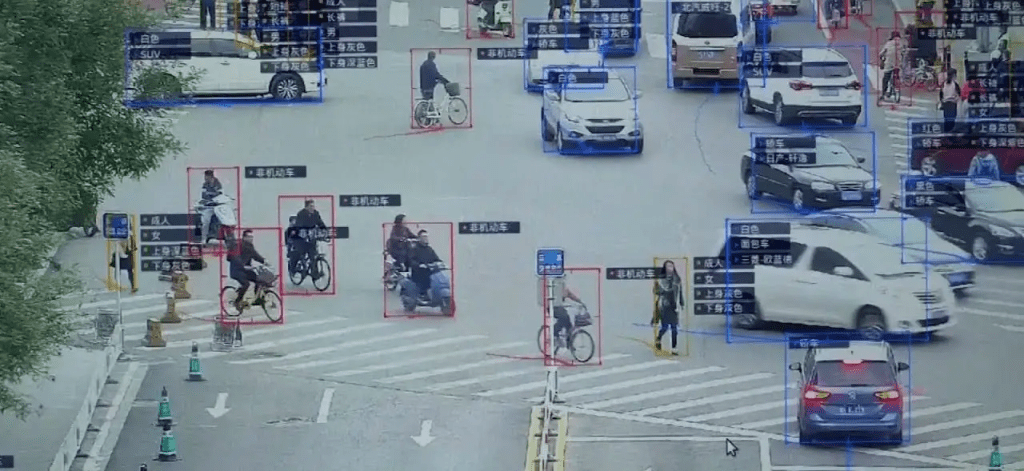Machine Learning in Real time Use Case
Machine learning (ML) is a powerful tool that can help us make sense of large amounts of real-time data. Real-time data refers to information that is generated and processed in near-instantaneous time, allowing for immediate decision-making and action. This type of data is becoming increasingly important in a wide range of industries, from finance and healthcare to transportation and manufacturing.
One of the key ways that ML can help us make sense of real-time data is through pattern recognition. ML algorithms can quickly analyze large amounts of data and identify patterns and trends that might be missed by human analysts. This can be especially useful in identifying anomalies or outliers in real-time data, which can be a sign of a problem or opportunity.
Real-time predictive analytics
Another way that ML can help us make sense of real-time data is through predictive analytics. ML algorithms can analyze historical data and use it to make predictions about future events or trends. This can be especially useful in industries like finance or healthcare, where being able to predict future outcomes can have a major impact on decision-making and outcomes.
One major application of ML in real-time data is in the field of IoT, where ML algorithms can help process, filter and analyze the massive amount of data generated by IoT devices in near real-time. This can be used for a variety of purposes, such as monitoring and controlling industrial processes, detecting equipment failures, optimizing supply chains, and much more.
ML can also help with real-time anomaly detection
ML can also help with real-time anomaly detection, where it will be able to detect any unusual patterns in the data which will help in identifying any problems or issues in the system, this will help in taking immediate action to fix the problem.
Real-time AI image processing
Real-time AI image processing is the use of artificial intelligence (AI) and machine learning (ML) algorithms to analyze and interpret images in near real-time. This can be used for a variety of purposes such as facial recognition, object detection, and image classification.
One major application of real-time AI image processing is in the field of surveillance and security. AI algorithms can analyze live video feed from cameras and quickly identify any suspicious or abnormal behavior, such as intruders or potential security threats. This can help security personnel respond more quickly to potential threats, and also allow for automatic alerts to be triggered in case of an emergency.
Image processing is in the field of autonomous vehicles

Another application of real-time AI image processing is in the field of autonomous vehicles. AI algorithms can analyze images captured by cameras on the vehicle and quickly identify objects, pedestrians, and other vehicles on the road, allowing the vehicle to make decisions and navigate safely in real-time.
Medical imaging

Real-time AI image processing can also be used in the field of medical imaging, where it can help radiologists and other healthcare professionals quickly analyze and interpret large amounts of imaging data, such as CT scans or MRI images. This can help with faster and more accurate diagnoses, and also allow for more efficient use of healthcare resources.
Conclusion
In conclusion, ML is a powerful tool that can help us make sense of large amounts of real-time data. By using ML algorithms to analyze data and identify patterns and trends, we can gain valuable insights and make more informed decisions. With the increasing amount of real-time data generated by IoT devices and other sources, ML will play an increasingly important role in helping us make sense of this data and make better use of it.
Add Comment
You must be logged in to post a comment.













Premanand Ghag
Nice blog Vishal
it’s really good thought you have posted about AI
Premanand Ghag
Nice blog Vishal